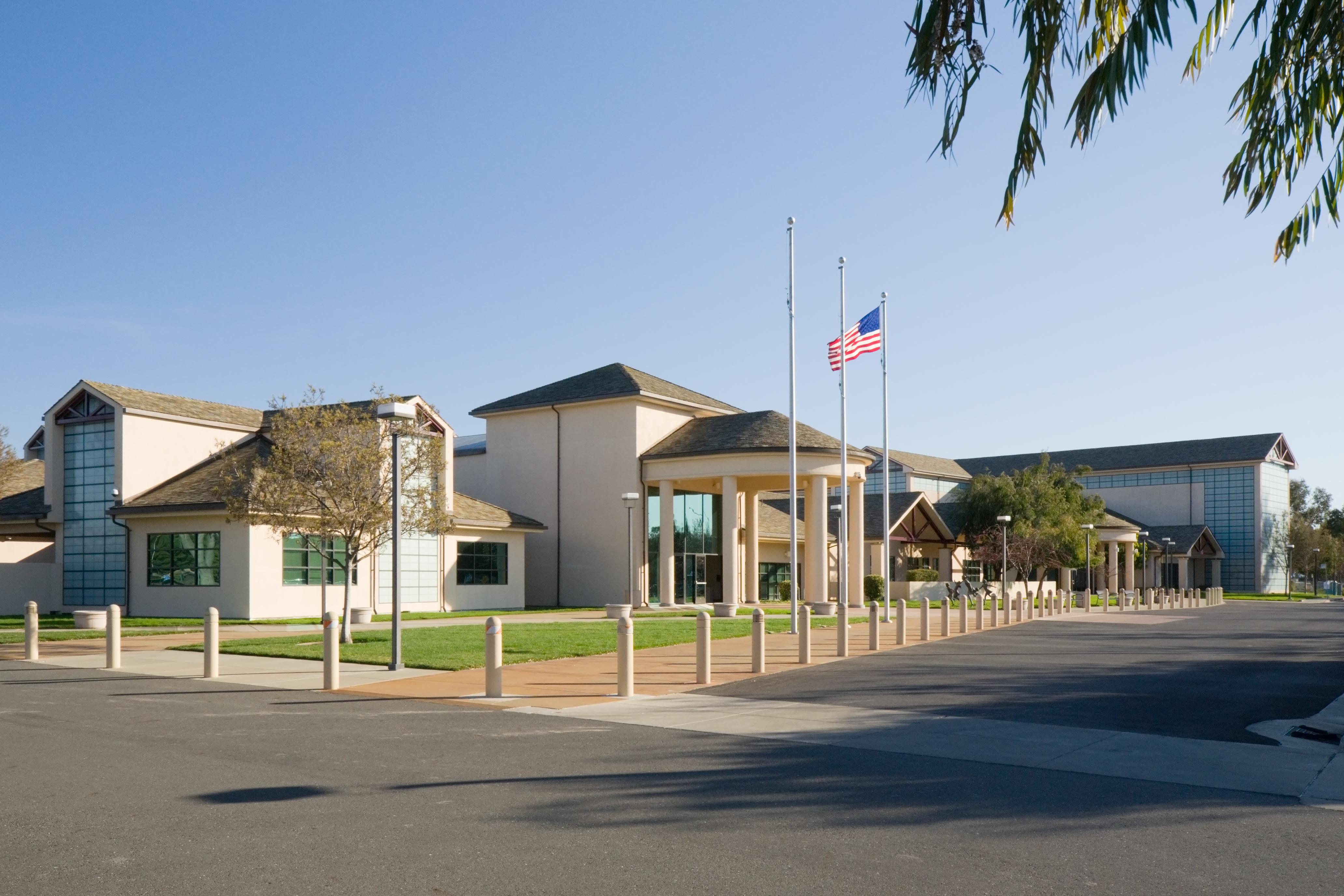Exploring the History of Newark, California

Nestled in the heart of the San Francisco Bay Area, Newark, California, boasts a rich and storied history that dates back centuries. From its indigenous roots to its development as a thriving suburban city, Newark's journey is a testament to the resilience, diversity, and spirit of innovation that define the region.
Indigenous Inhabitants and Spanish Colonization:
The land that is now Newark was originally inhabited by indigenous peoples, including the Ohlone tribe, who lived off the abundant natural resources of the area. These Native American communities thrived for thousands of years before the arrival of European explorers and settlers.
In the late 18th century, Spanish missionaries began to colonize the region as part of the vast Spanish empire in the Americas. Spanish missions were established along the California coast, including Mission San Jose, which played a significant role in the cultural and economic development of Newark and the surrounding area.
Ranchos, Agriculture, and Mexican Independence:
Following Mexico's independence from Spain in 1821, the land that is now Newark was granted to prominent Californios as part of large land grants known as ranchos. These ranchos, including Rancho Arroyo de la Alameda and Rancho Potrero de los Cerritos, became centers of agriculture and livestock production.
Under Mexican rule, the land was cultivated for crops such as wheat, barley, and grapes, and vast herds of cattle roamed the hills and valleys of the region. The ranchos played a crucial role in the local economy and society, providing food, employment, and social structure for the inhabitants of Newark.
American Settlement and Urban Development:
With the American conquest of California in the mid-19th century, the land that is now Newark became part of the United States. The Gold Rush of 1849 brought an influx of settlers to the region, seeking their fortunes in the goldfields of the Sierra Nevada mountains.
The establishment of the town of Newark can be traced back to the mid-19th century when the area was known as "Newark Township." The town grew as a center of commerce and trade, with businesses catering to the needs of local farmers, ranchers, and travelers passing through the region.
Industrialization and Suburban Growth:
In the 20th century, Newark experienced rapid industrialization and suburban growth as the San Francisco Bay Area became a center of economic innovation and technological advancement. The construction of highways and bridges connected Newark to the rest of the Bay Area, facilitating commuting and commerce.
The post-World War II era saw a boom in residential development as Newark became a popular destination for families seeking affordable housing and a high quality of life. Suburban neighborhoods sprang up, along with schools, parks, and shopping centers, transforming Newark into a thriving suburban city.
Cultural Diversity and Community Identity:
Today, Newark is known for its cultural diversity and strong sense of community. The city's population reflects a rich tapestry of ethnicities, cultures, and traditions, contributing to its vibrant social fabric and dynamic cultural scene.
Community events, festivals, and celebrations showcase the diversity of Newark and bring residents together to celebrate their shared heritage and identity. From the annual Newark Days festival to cultural celebrations like Diwali and Lunar New Year, these events serve as reminders of the city's multicultural heritage and the strength of its community bonds.
Conclusion:
Newark, California, is more than just a city—it's a dynamic and multicultural community with a rich history and a bright future. From its indigenous roots to its role as a suburban city in the 21st century, Newark's history is a testament to the resilience, diversity, and spirit of innovation that define the San Francisco Bay Area. As the city continues to evolve and grow, it does so with pride in its past and optimism for the future.
- Hits: 29